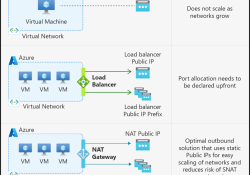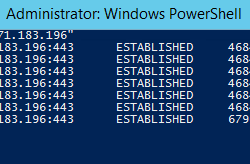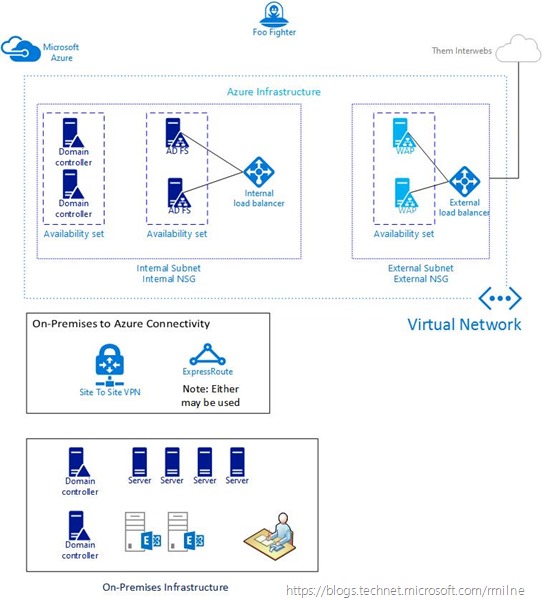Upgrade to Azure Standard Load Balancer
On September 30, 2025, the Azure Basic Load Balancer will be retired. For more information, see the official announcement. If you are currently using Basic Load Balancer, make sure to upgrade to Standard Load Balancer prior to the retirement date.
You can use the guidance to upgrade, please ensure that all of the steps are followed when you test and then implement the change. This is due to the fact… Read the rest “Upgrade to Azure Standard Load Balancer”





